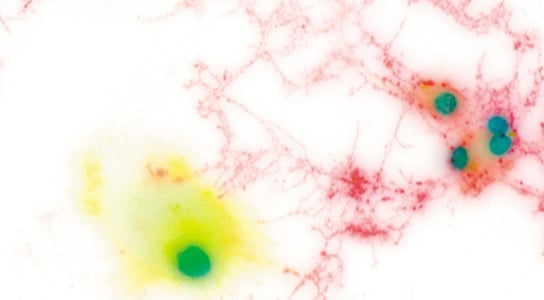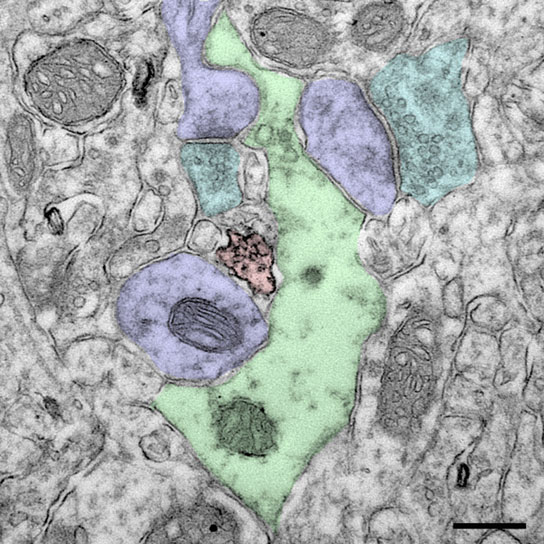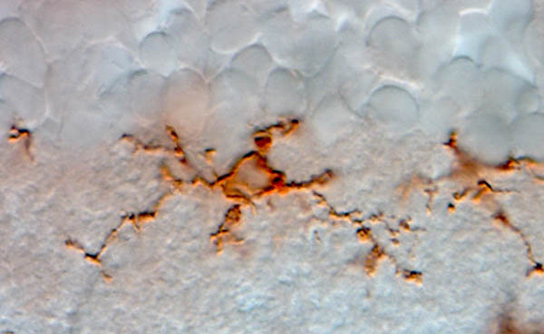
Microglia in brain
Microglia are brain cells, whose spider-like resting state was somewhat mysterious until Axel Nimmerjahn, biophysicist at the Salk Institute in La Jolla, California, began to try and figure out what exactly they did. Microglia are part of the immune system and are particularly sensitive.
In live brains, they retract their many appendages and morph into a big, round bogs that gobble up pathogens and clear away cellular wreckage. In order to visualize microglia in action, Nimmerjahn used a new approach to image the live brains of mice. At rest, the microglia’s delicate branches snake through densely packed neurons, constantly extending and shrinking. They are dynamic, re-growing when they need to, much more than any other cell in the adult brain.

Nimmerjahn calculated that microglia’s concerted movements survey the brain every couple of hours. Microglia have been studied many times before. The most recent study in the journal Neuron investigated their influence in adult and developing brains. Microglia not only attack invaders and damaged tissue, but also trim away weak connections or synapses between neurons. This pruning occurs on a large scale in developing brains, and it’s an important part of in learning and memory. Autism spectrum disorders and schizophrenia are often associated with faulty pruning.
During prenatal development, microglia migrate to the brain from the embryonic yolk sac. The blood-brain barrier seals the brain off not only from toxins, pathogens and drugs in the bloodstream, but also from immune cells. It makes sense that microglia are the brain’s dedicated immune cells.

Microglia might be important in synapse remodeling and plasticity, during development. There seems to be some close signaling going on between neurons and microglia to indicate which synapses to prune. There are specific tags left on the synapses which are to be pruned.
The exact way that microglia go about the synaptic pruning and what other roles they might have in the brain is still a mystery, one that laboratories around the world are currently examining. This research might yield therapies to treat autism spectrum disorders and Alzheimer’s disease.
[via Nature]









Be the first to comment on "Microglia Are Crucial to Pruning Neurons During Early Development"